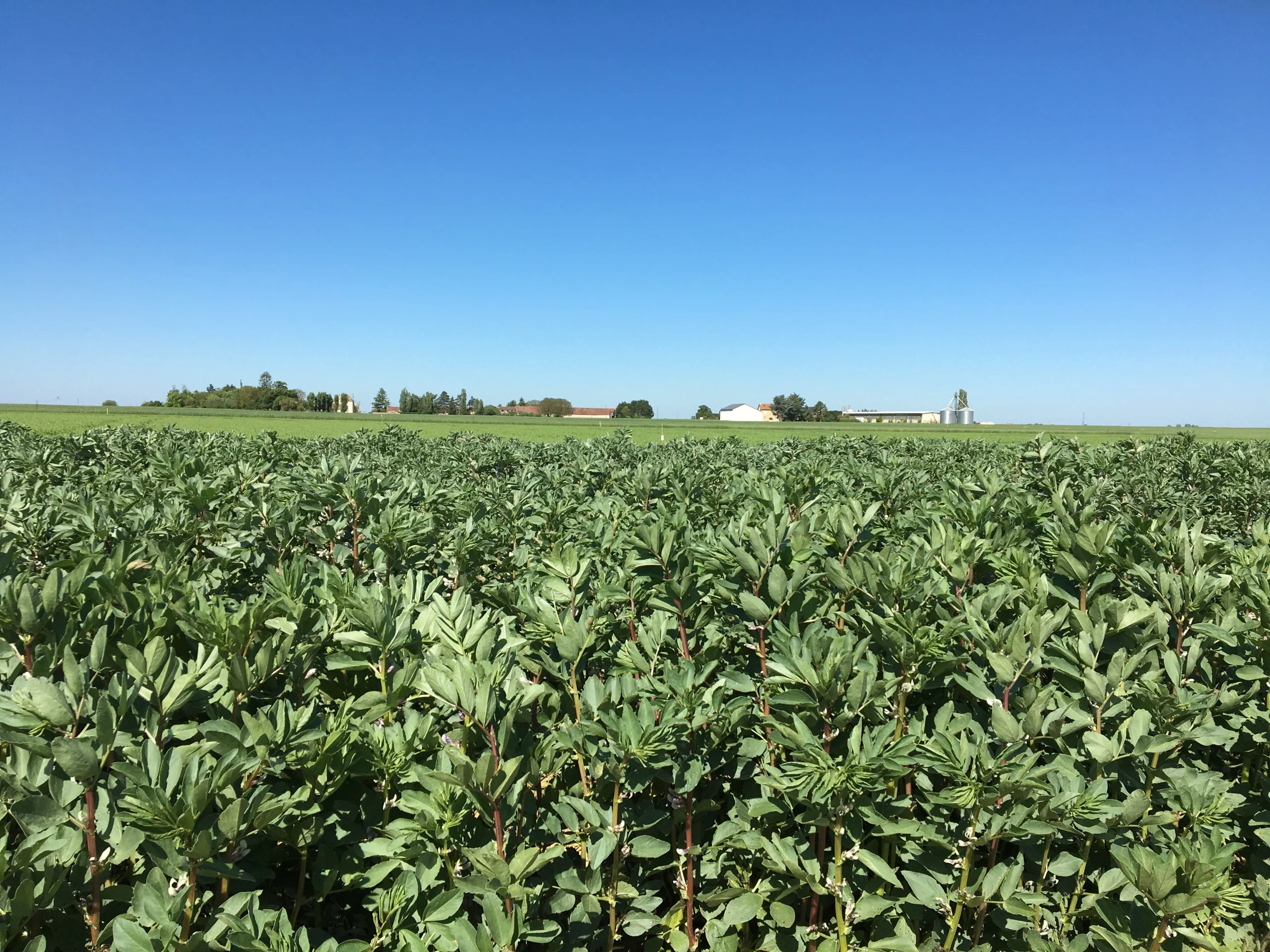Winter fava bean: the quality of sowing determines the success of the crop
Tips and tricks for sowing winter faba beans
Winter fava beans, sown at the end of autumn or the beginning of winter, constitute a good crop rotation leader. They ensure better yields and nitrogen savings for the subsequent crop.
Agri Obtentions recommends being vigilant on 5 points to successfully cultivate winter fava beans.

Choosing the right equipment
A pneumatic seeder ensures efficient seed transport, precisely controls the dosage, and evenly distributes the seeds in the furrow for better results.
Be vigilant about overcrowding
Winter fava beans achieve all or part of their yield thanks to the pods at the bottom. Overcrowding in planting would therefore be detrimental for these various reasons.
Plan a regular spacing of 25 cm
Winter fava bean, a branching plant, requires adequate spacing to fully develop
and allow optimal circulation of pollinating insects.

Choosing the Right Variety According to Pedoclimatic Contexts
Now, the range of winter fava bean varieties available on the market allows farmers to choose the most suitable varieties for their pedoclimatic context.
At Agri Obtentions, we recommend choosing frost-resistant varieties for the most vulnerable regions and early varieties for temperate areas. These latter varieties complete their flowering cycle early, in late April or early May, avoiding heatwaves that can severely harm yields at this critical stage of development.
Be very vigilant at the time of sowing
To ensure optimal protection of the seed against the cold, aim for sowing at a depth of 6 to 8 cm, and work the soil to surround the seed with a maximum layer of fine earth. A seed sown too shallowly is more exposed to winter frost, increasing its vulnerability to low temperatures.